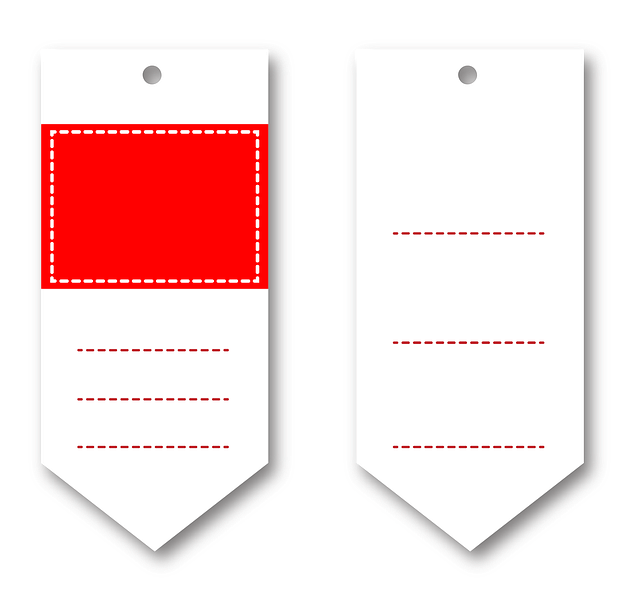Skin tags, benign growths caused by friction or hormonal changes, can be removed for aesthetic reasons or to relieve itching. Non-surgical methods like cryotherapy and laser treatments offer minimal downtime and high success rates. Natural remedies include apple cider vinegar, duct tape, tea tree oil, lavender oil, calamine, and chamomile, each with unique benefits. Leeds Tag Removal options cater to individual preferences and tag size/location, ensuring effective solutions for busy individuals seeking discreet results.
Looking to bid farewell to unsightly skin tags? This comprehensive guide, tailored for Leeds tag removal, explores effective solutions. We delve into understanding skin tags—their causes and concerns—and present top-rated topical creams and natural remedies for safe, at-home treatments. Additionally, we uncover minimal non-surgical procedures, ensuring you’re well-equipped to choose the best Leeds tag removal method for your needs.
- Understanding Skin Tags: Causes and Concerns
- Topical Creams and Salves for Effective Removal
- Non-Surgical Procedures: Safe and Minimalistic Approaches
- Natural Remedies and Home Treatments for Softening and Disappearing Skin Tags
Understanding Skin Tags: Causes and Concerns
Skin tags, also known as acrochordons, are small, soft skin growths that typically appear in areas where skin rubs against itself, such as the neck, armpits, and groin. They are generally harmless but can cause concern due to their appearance. While they are usually painless, some individuals may experience itching or discomfort.
The causes of skin tags include aging, obesity, hormonal changes, and friction from clothing or jewelry. In rare cases, they might be associated with underlying medical conditions. Many people seek Leeds Tag Removal solutions for aesthetic reasons or to address any minor irritation caused by these growths. Effective removal methods range from simple at-home treatments to professional procedures, ensuring individuals can find a suitable option based on their preferences and the size and location of the skin tags.
Topical Creams and Salves for Effective Removal
Non-Surgical Procedures: Safe and Minimalistic Approaches
Non-surgical procedures have emerged as safe and minimalistic approaches for Leeds Tag Removal, offering patients a convenient alternative to traditional surgeries. Methods such as cryotherapy involve freezing off skin tags using liquid nitrogen, a quick and relatively painless process. This technique is highly effective and often recommended for small, benign skin tags. Laser treatments are another popular choice, where concentrated light beams target and destroy the skin tag tissue. Both methods have high success rates and minimal downtime, making them attractive options for those seeking swift and discreet solutions.
These non-invasive procedures are performed in dermatology clinics or specialized medical centers by trained professionals, ensuring patient safety and comfort. The absence of extensive recovery periods makes these treatments particularly appealing for individuals with busy lifestyles who still desire effective skin tag removal without the hassle and risks associated with surgery.
Natural Remedies and Home Treatments for Softening and Disappearing Skin Tags
Many people opt for natural remedies and home treatments as a gentle and cost-effective way to soften and remove skin tags. One popular method involves using apple cider vinegar, known for its acidic properties, which can help dissolve the skin tag over time. Soak a cotton ball in undiluted ACV and apply it directly to the skin tag, securing it with a small bandage. Repeat this process daily until the tag softens and eventually disappears. Another natural option is to use duct tape. This may sound unusual, but covering the skin tag with duct tape for several days can cause the skin to dry out and peel away from the underlying tissue, leading to its disappearance.
Essential oils like tea tree and lavender oil are also renowned for their anti-inflammatory and antibacterial properties, making them effective in reducing skin tags. Dilute a few drops of these essential oils with a carrier oil, such as coconut or jojoba, and apply the mixture gently to the affected area. Regular application can help soothe irritation and potentially speed up the healing process. Additionally, certain herbs like calamine and chamomile have been traditionally used to soften skin tags. Preparing a paste from these herbs and applying it topically may provide relief and contribute to tag removal over time.
